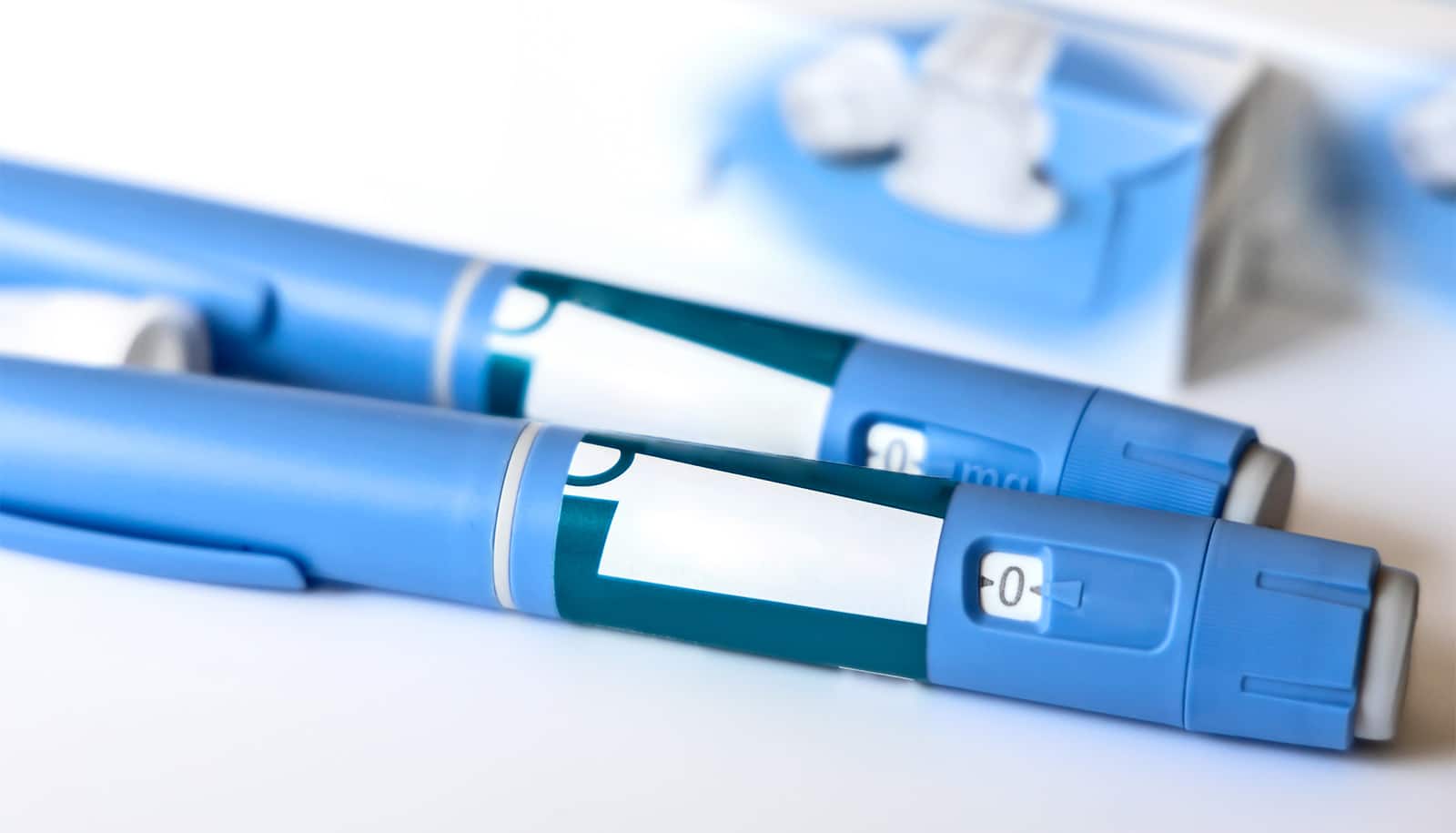New research digs into how setbacks affect the pursuit of our goals, such as weight loss.
Setbacks are to be expected when pursuing a goal, whether you’re trying to lose weight or save money. The challenge is getting back on track and not giving up after a difficulty or crisis, says José Rosa, marketing professor in Iowa State University’s Ivy College of Business.
“We know it’s hard to get back on once people take the off ramp.”
Rosa is part of a research team working on practical ways to help people stick to health-related goals—specifically, prescribed regimens for medical ailments that require significant lifestyle changes. The work is personal for Rosa. His diabetic sister nearly died when her blood sugar hit dangerously high levels, and she struggles with poor vision and health, he says.
Staying committed to a long-term health goal is challenging, because it may feel as if there is no light at the end of the tunnel, Rosa says. If your goal is to lose 20 pounds, there is a defined timeframe and a point to celebrate achieving your goal. However, if you are diabetic and need to cut certain foods from your diet or change your daily routine to exercise more, the goal has a different feel, Rosa says.
“These are some of the most difficult goals we face, because the effort has to become a way of life. If you’re a diabetic, you have to be thinking about your diet every time you eat,” Rosa says. “In many ways, it is sacrificial. You must endure this cost and the reward is health.”
Unfortunately, the reward is not immediate and often difficult to realize with certain ailments, such as diabetes or high blood pressure. As we age, other health issues can complicate the outcome of the initial goal and appear as if our efforts aren’t paying off. This makes it harder to stick to the goal, Rosa says, even though we know giving up can have serious consequences.
In the new study, researchers conducted five experiments to understand how crisis influences motivation and commitment to the goal. The researchers found that a setback or difficulty often prompts people to reassess the cost-benefits of their goal and consider quitting.
The experiments simulated a series of situations in which some participants faced an action crisis. They then answered several questions to determine how they would react. Rosa says an action crisis may be related or unrelated to the goal, but it is a point during goal pursuit when circumstances change, causing us to question whether the goal really matters.
Once that questioning begins, we shift our mindset from implementation to evaluation. We renegotiate the importance of the outcomes and may determine it is no longer worth it, Rosa says.
The researchers refer to that decision to quit as “taking the off ramp,” which can snowball into other problems.
“We know it’s hard to get back on once people take the off ramp. This causes some people to feel like failures and stop trying all together. In some situations, the off ramp leads to behaviors that cause another crisis or a significant decline,” he says.
For example, Rosa says a man with high blood pressure stops taking his medication and suffers a heart attack, or a diabetic woman has an insulin reaction causing her to black out and crash her car.
Little treats aren’t a vice. They get us to our goals
Researchers are now using data from the experiments to develop and test interventions for patients on prescribed health regimens. Rosa says the goal is to provide specific instructions for patients to follow and help shift their mindset from renegotiation or evaluation back to implementation.
The potential benefit of such an intervention extends beyond the individual patient, Rosa says. From a marketing perspective, it is an issue of consumption and making health care more effective for patients. Rosa says the right intervention will help patients stay on track, lessening the risk for additional health issues and lowering health care costs.
The results are published online in the journal Psychology & Marketing.
Researchers from Penn State and the University of Wyoming also contributed to the work.
Source: Iowa State University



